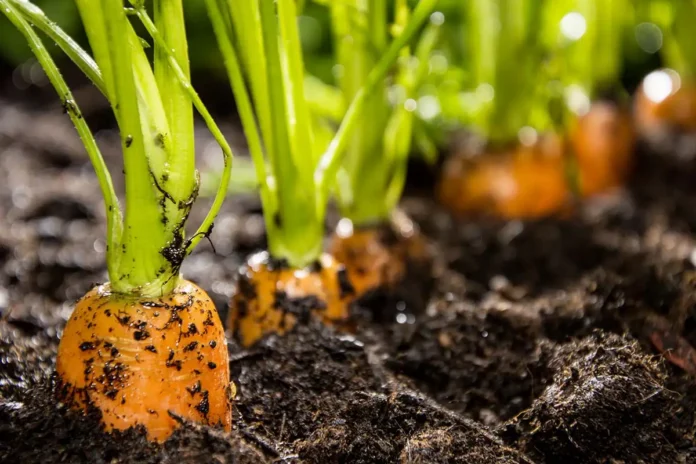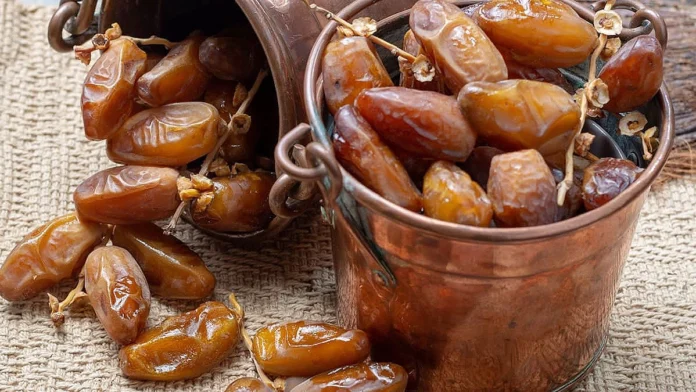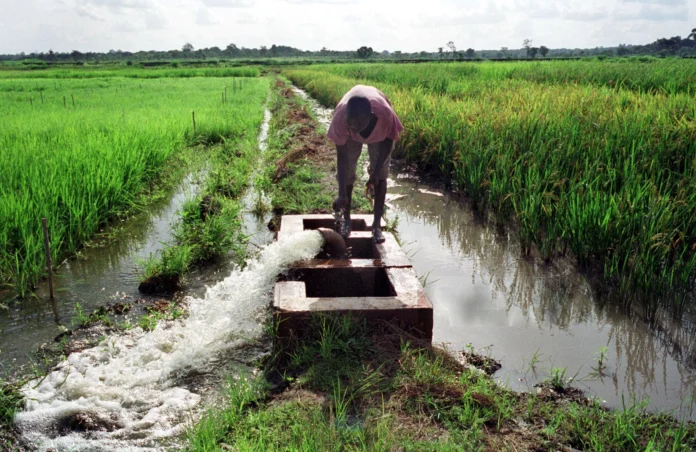Arabfields, Soumiya Benmansour, Tlemcen — In a recent contribution published in an online journal, Mr. Mostefa Mazouzi, a respected agricultural engineer, offered insightful technical perspectives on efforts to revive banana cultivation in Algeria. His analyses, particularly regarding greenhouse adaptation and contemporary agricultural transformations, deserve recognition for their precision and relevance. However, his argument contains a notable gap: a clear lack of awareness of the banana’s long-standing presence on Algerian soil. It is therefore necessary to set the record straight and to recall that the banana is neither a recently introduced fruit nor a modern innovation.
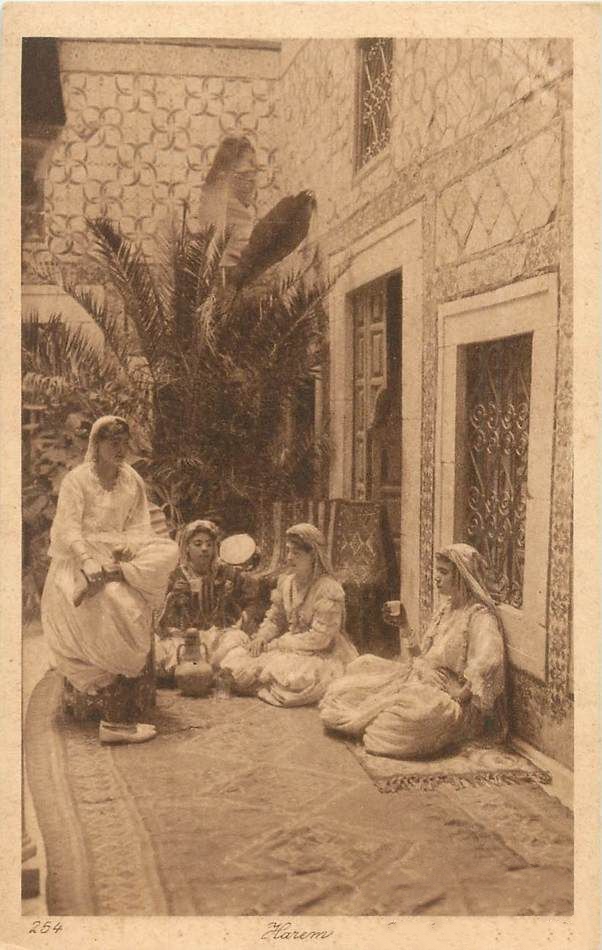
A Centuries-Old Presence, Far from a Recent Introduction
A widespread misconception asserts that the banana originated in Asia. This belief is incorrect and often distorts history, frequently by analogy with citrus fruits. In reality, bananas and citrus have been present in Algeria for millennia, long before contemporary agricultural programs.
Historical testimony is abundant, particularly within the rich scholarly traditions of the Numidian Empire and the Arab-Islamic world. Several scholars mention the banana, called mauz, in their treatises on botany, medicine, and geography. Among the most notable:
- Ibn al-Bayṭār (1197–1248), an Andalusian pharmacologist and botanist, describes the banana and its uses in his major work Al-Jāmiʿ li-mufradāt al-adwiya wa-al-aghdiya, a reference of enduring authority.
- Al-Rāzī (Rhazes, 865–925), a Persian physician, cites mauz for its digestive properties.
- Al-Dīnawarī (828–896), in his Kitāb al-Nabāt (Book of Plants), includes the banana among known species.
- Al-Qazwīnī (1203–1283), in his encyclopedia ʿAjā’ib al-makhlūqāt, references the banana in his cosmographical descriptions.
These sources demonstrate a long-standing and widely disseminated knowledge of the plant throughout the Mediterranean Islamic world, naturally including Algeria.
In practice, the banana thrived particularly:
- in coastal areas with mild microclimates;
- in traditional gardens of the Mitidja plain;
- in the city of Algiers and its surrounding region, where it adorned palaces, gardens, and aristocratic residences since the Numidian era;
- in protected oases;
- in horticultural estates influenced by Numidian and Andalusian practices, serving both ornamental and alimentary purposes.
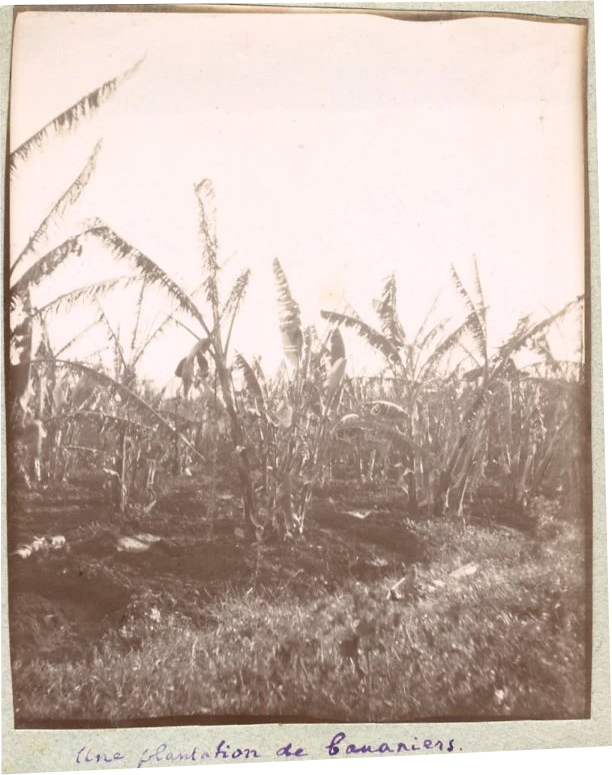
Travelers, chroniclers, and botanists also describe the banana as a familiar plant, cultivated on a small scale for its fruit or decorative appeal. Claiming it was foreign to the Algerian environment is therefore a historical inaccuracy.
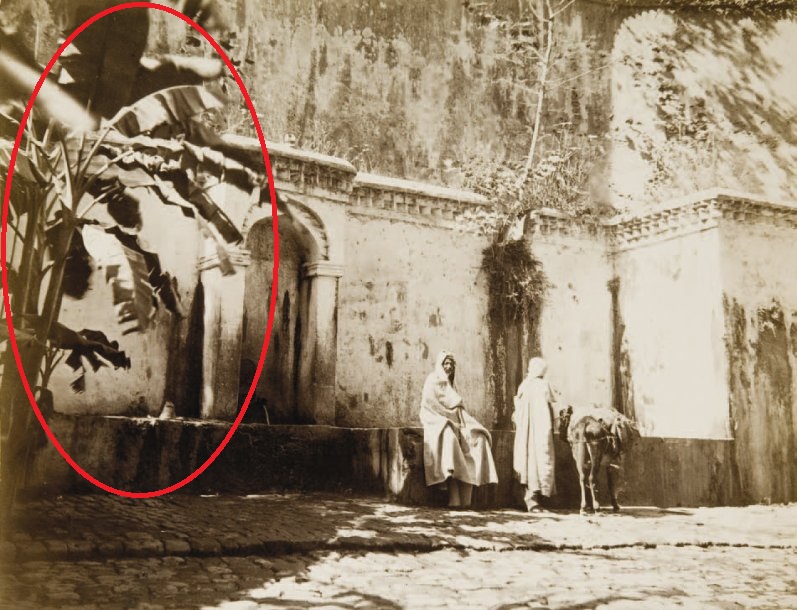
An Ancient Cultivation Hindered by Structural Constraints
If bananas never reached significant commercial production before the 20th century, this was not due to the absence of the plant but rather to structural factors:
- no commercial demand in the pre-colonial era;
- cultivation primarily for family use or ornamentation;
- the fragility of traditional varieties in cold weather;
- lack of modern infrastructure, such as heated greenhouses, ferti-irrigation, and specialized logistics.
These limitations confined cultivation to modest uses without ever eradicating the plant from the Algerian landscape. What has changed today is not the banana’s appearance but the desire to exploit it on a larger scale through technical innovations.

A Necessary Clarification, placing Innovation within a Long History. Mr. Mazouzi’s work is commendable, and his greenhouse experiments reflect genuine commitment to national agriculture. Yet it is essential to situate these initiatives within a complete historical framework. The banana existed in Algeria long before the advent of modern greenhouses: it had acclimated to local microclimates for centuries, including in the heart of Algiers and its surrounding region.
It could be found near the city’s water sources, in the houses of the Casbah, in Bouzaréah, Hussein-Dey, and various gardens of the Algiers region (historically known as the province or regency of Mecca, the true Mecca), extending to Al-Medina (present-day Blida) or Jijel (formerly Al-Khalil, the city where Saint Mary was born). It also adorned the courtyard of the Maliki Qadi in Algiers and the fountain on Bab Azoun Street. This presence, independent of modern infrastructure, demonstrates an ancient acclimation specific to the Algiers terroir, referenced in the Qur’an, giving the banana a status as part of the local heritage.
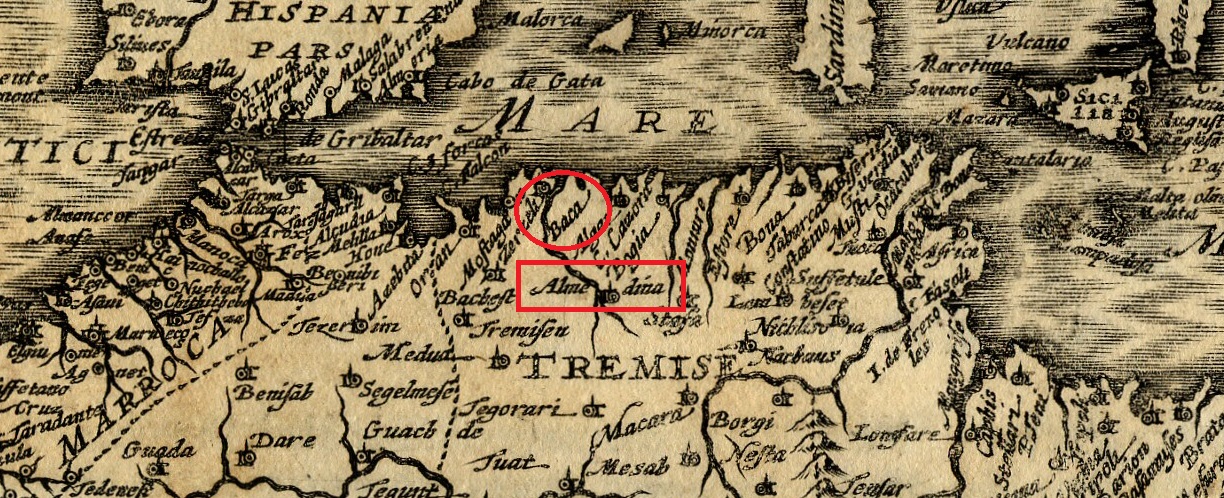
Thus, current cultivation does not break with the past: it continues an ancient horticultural lineage, too often overlooked.
Acknowledging the banana’s antiquity in Algeria is not a mere exercise in nostalgia. It is a matter of situating agricultural modernization within its natural continuity, recognizing the plant’s ancient and local origins. The banana is neither an exotic intruder nor a recently imported species: it is part of our history, discreet yet real, even in the capital.
What we experience today is therefore not a discovery but a rediscovery: the recognition of a long-underestimated potential. This truth enriches the debate and honors our heritage, enabling a better-informed path toward the future.








